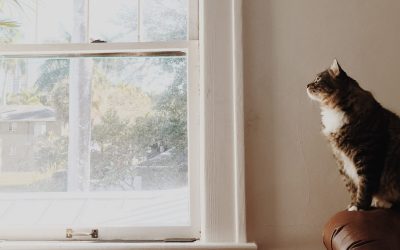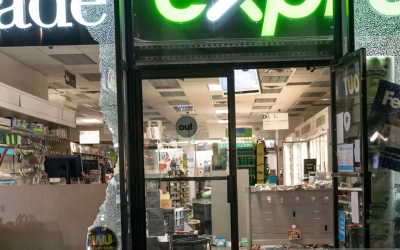When new clients come to us looking for a window film solution for their home, they tend to have very specific needs that require a very specific solution. Because most people are not well versed in window film product lines, we need to go through a series of questions to try to get the bottom of what they need so we choose the right product to meet their requirements and their budget.
The first question we always ask is “when can we see it?” This is because seeing the space first hand will give us a ton of information to go off right away, saving time in the long run.
After getting a glimpse at your space and hearing your wishes, we start to break down the film requirements based on the end goal. In all cases, a window film installation is done to control light in one way or another. It might be to reduce fading, increase efficiency, reduce glare, or increase privacy. Each need requires a different product, and many customers require a film that will check multiple boxes. Luckily, we have films to suit any possible need, so this inspection phase is key to the entire project.
In all cases, a window film installation is done to control light in one way or another. It might be to reduce fading, increase efficiency, reduce glare, or increase privacy. Each need requires a different product, and many customers require a film that will check multiple boxes.
Stage two of window film product selection comes down to the specific needs of the client. Since many people have preconceived notions about tint, namely that they only come in mirror finishes or metallic blue like you see on commercial buildings, we use take this opportunity to determine how natural the client wants to keep their aesthetic while also meeting their previously mentioned goals.
Fading: If a client wants to reduce fading, we consider how sensitive the materials in question are. Leather furniture requires a different level of UV filtering than fabrics or rugs. Hardwood floors, artwork, and collectibles all require a different level of protection. From here we determine how much we need to adjust the light to meet your goals and keep everything looking natural. At 50% visible light transmission we can control almost any fading issues and keep things looking original.
Heat: If solar control is what the client is after, we explore the colour palette they have in their home. We start by testing the windows to determine the Low E coatings they have to see what kind of adjustment we can make. This tell us if we can use clear films and still avoid potential breakage, or if we need to adjust the product choice to compliment the glass safely. Then we look at warm and cool tones verses a neutral tone to best compliment the interior decor. We went in-depth with interior design colour choices and window film right here, take a look.
Privacy: If privacy is the main reason for the install, we determine how far away potential onlookers are to make an assessment of the best privacy film to use. We will ask if you use window blinds at night, and if it is daytime or nighttime privacy you are looking for. If you need daylight privacy, we need to reduce the light exiting the window by 40% to give you the most complete light control possible. If it is nighttime privacy you need, window film is not a great option, unless you are happy with disguising the window using a custom printed film with a gradient feature that allows you to see out the optically clear top portion while blocking eyes from seeing through the opaque bottom portion. We have used products like this for many clients with fantastic results, here is a great example.



